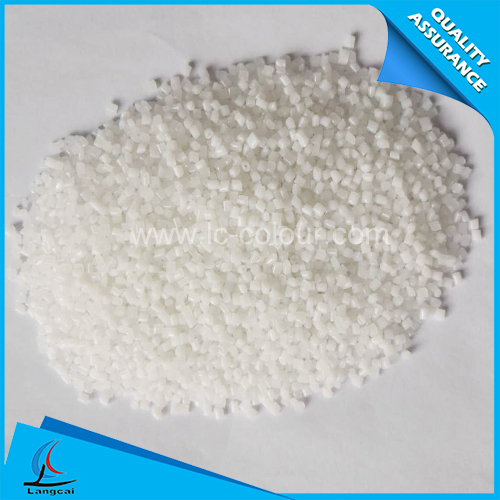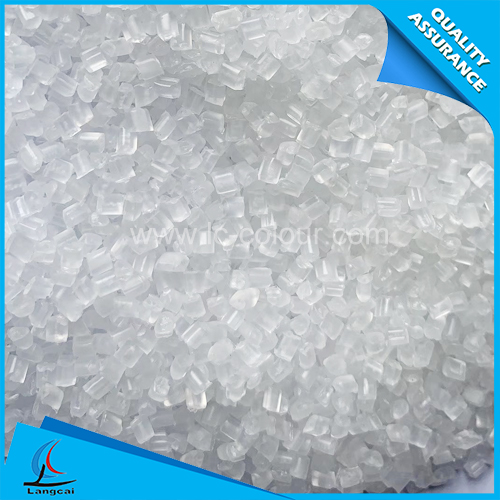- Nonwoven Fabrics
- Tailor Made Masterbatch
- Plastic Masterbatch
- Chemical Fiber Masterbatch
- Functional Masterbatch
- Machinery
- Spunbond PP Nonwoven Masterbatch
- Mono Color Masterbatch
- Liquid Color Masterbatch
- Non-woven Masterbatch
- Polyester Fiber Masterbatch
- Nylon Fiber Masterbatch
- Polypropylene Fiber Masterbatch
- Lab Nonwoven Machine
- Lab BCF Machine
- Dryer
- Filler Masterbatch
- The 2025 International Textile Innovation Conference will be held in Keqiao, Shaoxing on November 5th
- Unveiling the core components of Mono Color Masterbatches!
- Why choose Mono Color Masterbatches? The four core advantages are irreplaceable
- The adjustment of the global industrial chain has forced the upgrading of the risk prevention and control model
- What is a Complex masterbatch? What are the outstanding advantages?
- With weak US cotton and increased domestic supply, can the upward trend continue in the future?
- Phone:00836 - +86-535-8484358
- Email:wendy@ytlc-colour.com
- Address:DALAN INDUSTRIAL PARK, ZHANGXING TOWN, ZHAOYUAN CITY, SHANDONG, CHINA
Fabric manufacturers need to ensure reliable fabric quality, which requires consistently high defect detection rates. The Uster EVS Fabriq Vision Fabric tester ensures this by using automatic controls in the weaving process and final inspection, eliminating the need for manual inspection.
The system uses multiple spectrometers to detect materials, and a unique image processing algorithm automatically identifies all defects and records them in the data of each produced cloth roll, with complete traceability. The automatically generated defect map helps the operator to understand the defect distribution in the cloth roll. This information is also available offline in the Fabriq Album software on the PC, which ensures optimal flaw detection efficiency and output and is a useful tool for optimising the applicable data for the final cutting or further processing steps.
User-friendly Settings of the Fabriq Album toolbar make it easier for users to use the album. With manual grading, a specific code can be provided for the defects to clearly identify each defect. Unwanted images or negligible defects can be automatically deleted from the database, but they are not lost and remain in the hidden layer to ensure the integrity of the dataset. The implementation of machine learning capabilities and AI-assisted defect grading extends the quality data generated by the Fabriq Vision fabric detector.
Textile fabric manufacturers can use the Uster EVS Fabriq Vision Fabric Tester to help their customers achieve greater success. It is understood that the data provided by the Wurst Fabric inspection system helps to assess the quality of the final product and provide quality reports to customers.
- Unveiling the core components of Mono Color Masterbatches!
- The 2025 International Textile Innovation Conference will be held in Keqiao, Shaoxing on N
- Why choose Mono Color Masterbatches? The four core advantages are irreplaceable
- The adjustment of the global industrial chain has forced the upgrading of the risk prevent
- What is a Complex masterbatch? What are the outstanding advantages?
- With weak US cotton and increased domestic supply, can the upward trend continue in the fu
- Yantai Liangcai Plastic Technology Co., Ltd. specializes in the production of Monochromati
- The predicament of Sino-US trade and exchange rate fluctuations
- Yantai Liangcai empowers the new future of fiber colors with high-quality polyester fiber
- What impact will the implementation of the Federal Reserve's interest rate cut have on the


